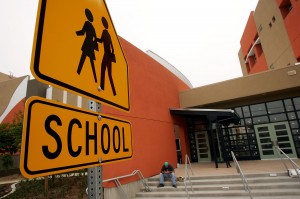In these days of rampant and uncivil disagreement, you could probably put a resolution in praise of oxygen on the ballot and still not get a two-thirds majority. But because of Proposition 13, that’s just what any government entity in California has to do in order to levy or raise taxes.
But on May 3, Bay Area voters weighed in on a dozen proposed parcel taxes in their individual school districts, passing eight of them.
And what are parcel taxes? From Ballotpedia:
Parcel tax elections are held when a taxing district in California wants to raise revenues through imposing an additional tax called a parcel tax. The taxes are a form of property tax, which must be paid by the owners of parcels of real estate. However, unlike standard property taxes, which are based on the value of the property, a parcel tax is an assessment based on the characteristics of the parcel. School districts have created assessments that range from flat amounts per parcel to assessments based on parcel lot square footage or building square foot. Some school districts have assessed residential parcels using one method and non-residential using another method.

